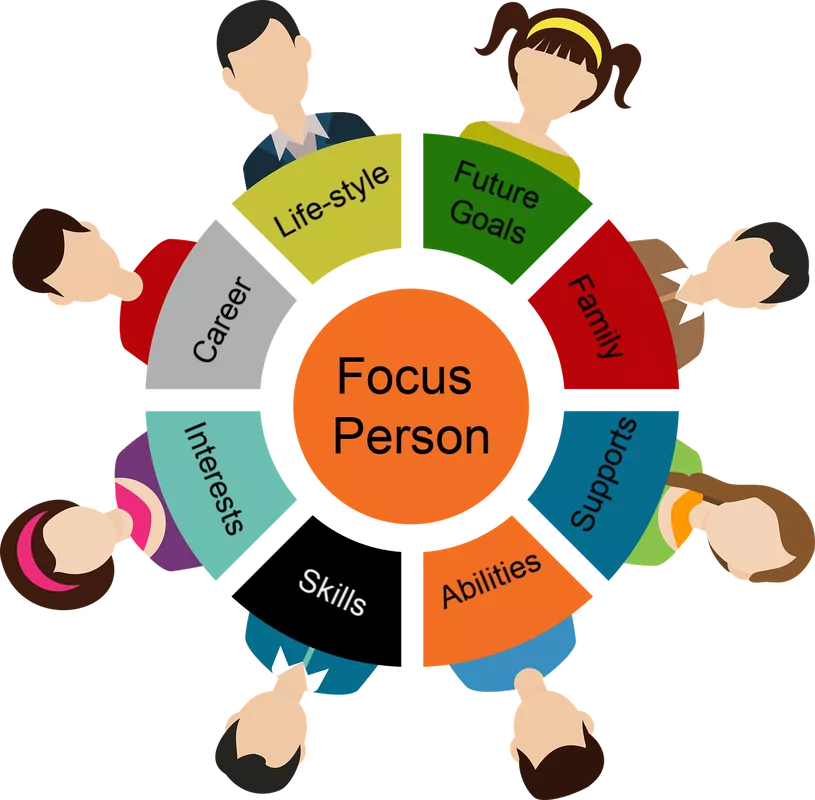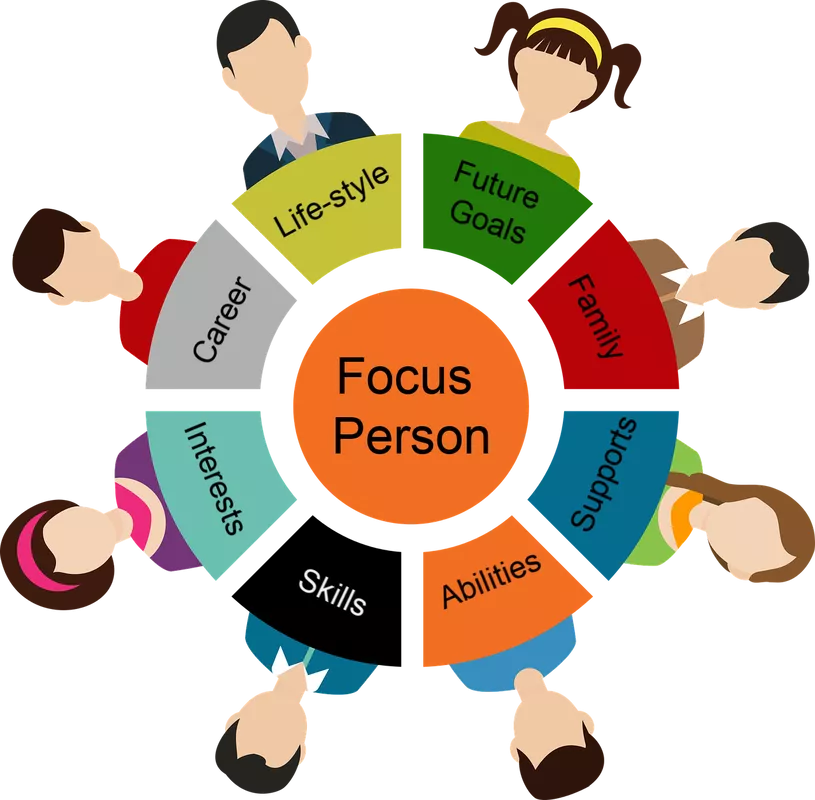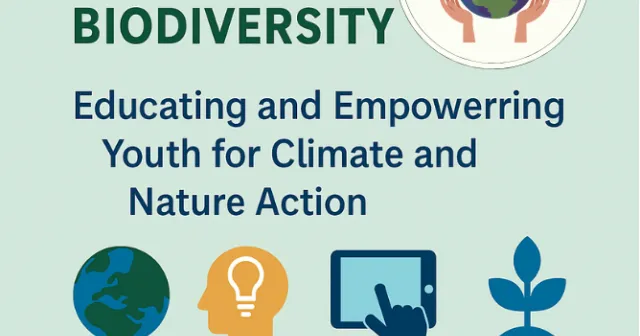PERSON CENTERED PLANNING IN AUTISM BY ANGELA WINSTANLEY - MEET SHIPCON EXPERTS!

Person-centered planning (PCP) is a process for selecting and organizing the services and supports that an older adult or person with a disability may need to live in the community. Most important, it is a process that is directed by the person who receives the support. Being ‘person-centred’ or using a ‘person-centred approach’ means ensuring that everything we do is based upon what is important to a person from their own perspective. Person-Centred Planning (PCP) discovers and acts on what is important to a person but this can be difficult to unravel for a person with an ASC.
In this video Angela Winstanley - ShipCon expert on special education needs, presents the introduction course in Person Centered Planning for people with Autism. She talks about definition of PCP and Approcahes. This is the First part of the series of video sessions on PCP.
To see the video please visit our Youtube channel by clicking here: Person Centered Planning in Autism

PCP helps the person construct and articulate a vision for the future, consider various paths, engage in decision-making and problem solving, monitor progress, and make needed adjustments in a timely manner. It highlights individual responsibility, including taking appropriate risks (for example, whether arranging for back-up staff is needed).
Emergency planning is often part of the process. The PCP approach identifies the person’s strengths, goals, medical needs, needs for home- and community-based services, and desired outcomes. The approach also identifies the person’s preferences in areas such as recreation, transportation, friendships, therapies and treatments, housing, vocational training and employment, family relationships, and social activities.
Unique factors such as culture and language also are addressed. These elements are included in a written plan for supporting the person, which is developed based on those considerations.
Find out more about Social education needs and our trainings here




